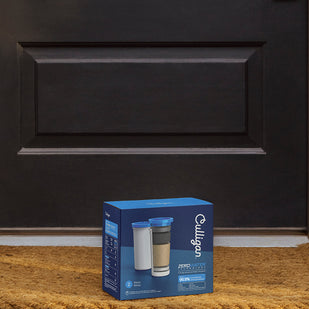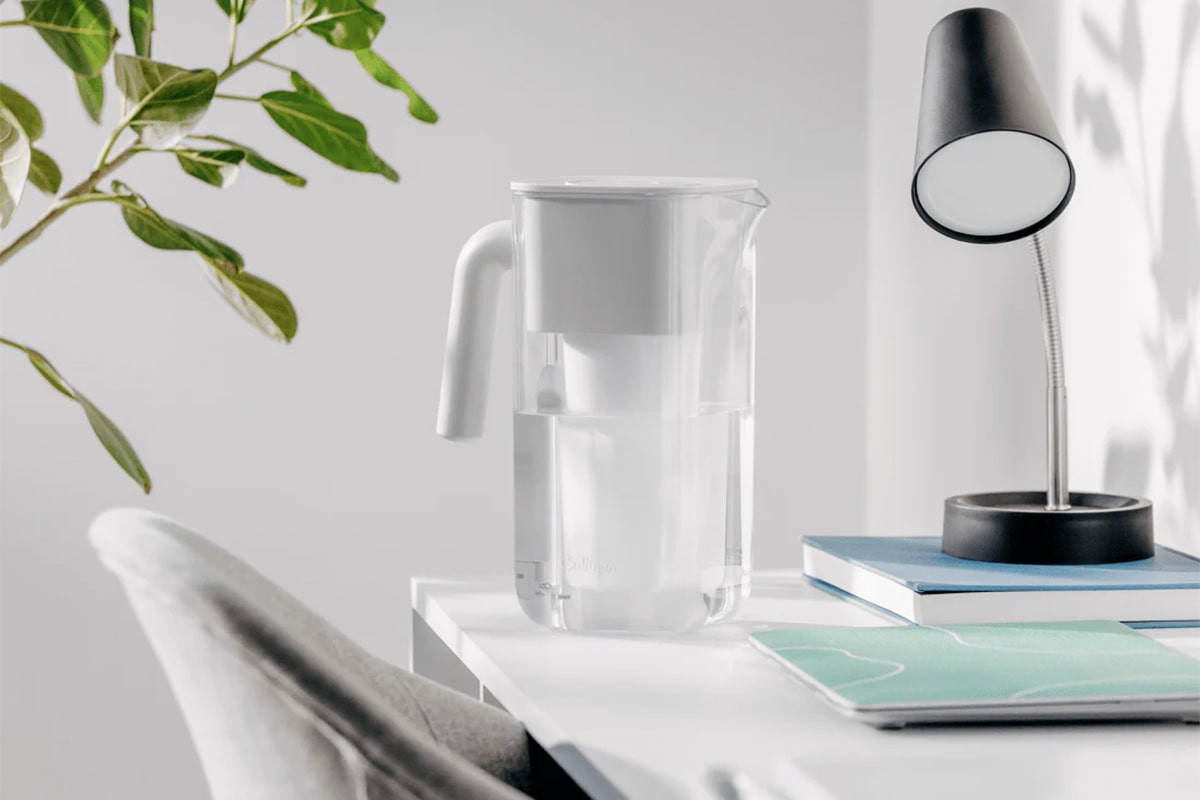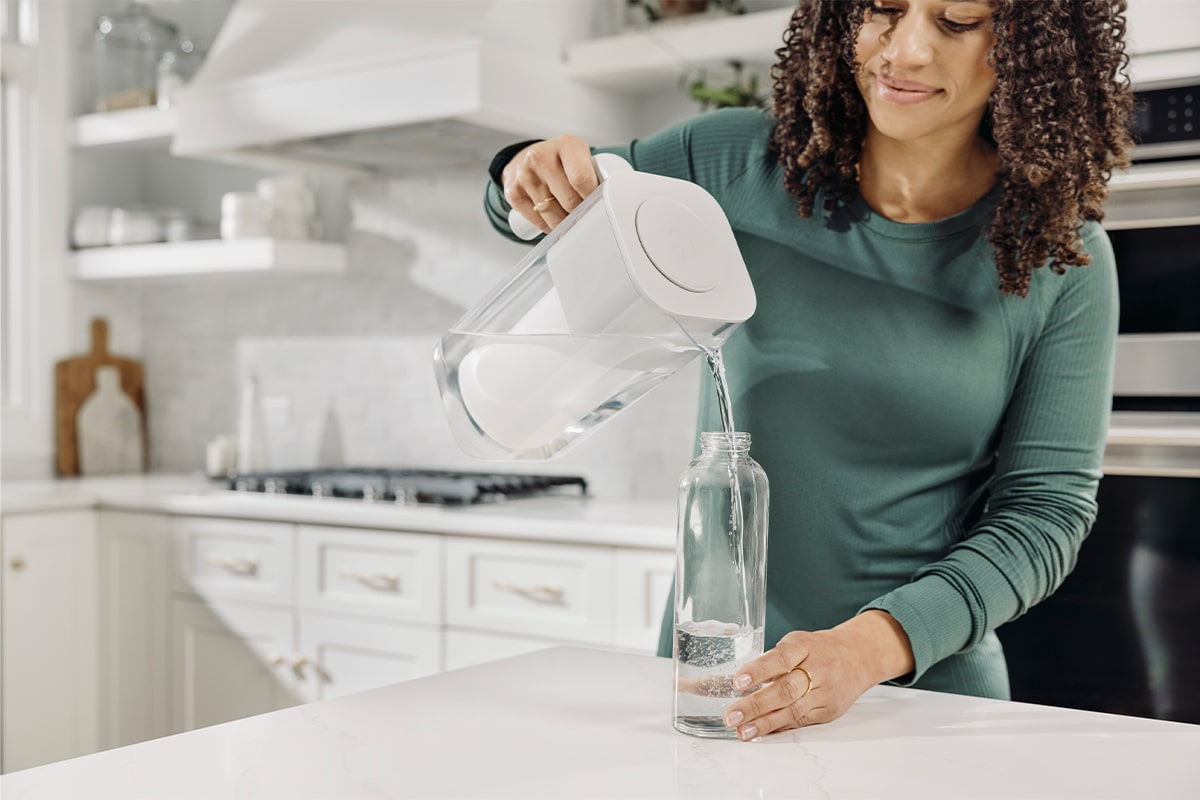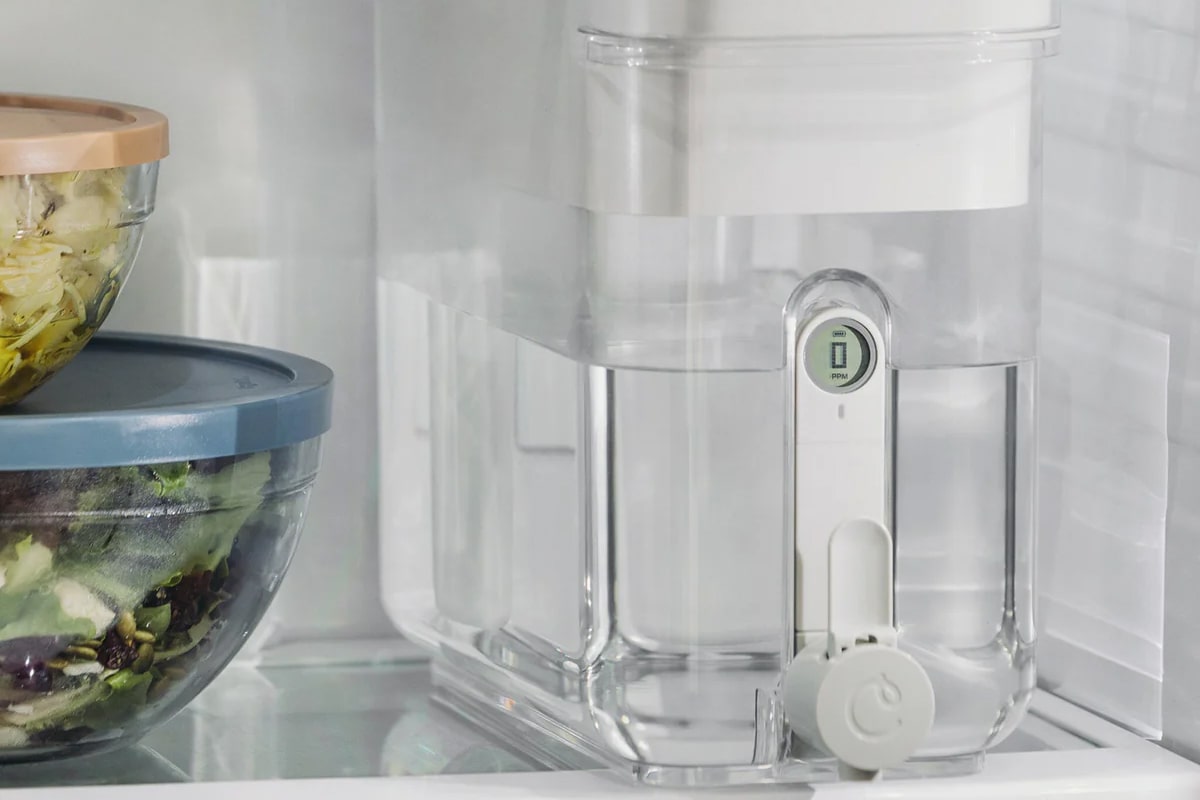When you turn on your tap, you expect the water to be free from contaminants. Despite the UK’s stringent water quality standards, contaminants such as heavy metals, chemicals, and bacteria can still enter the water. These substances may be hard to see, but they can impact your health over time.
In this guide, we’ll show you how to identify tap water contaminants, understand their risks, and, most importantly, how to remove them safely. Whether you’re worried about lead, chlorine, or pesticides, we can help. We’ll share practical ways to ensure your water is safe to drink. This will give you peace of mind for your family.
What Are Tap Water Contaminants?
Tap water contaminants are substances that can remain in your drinking water even after it’s treated or can be a result of the treatment process before water reaches your home. These contaminants can come from natural sources, human activities, or ageing infrastructure. In the UK, water suppliers meet strict standards, but even low levels of contaminants can still pose health risks over time.
Here’s a breakdown of common tap water contaminants:
- Heavy Metals: Lead, copper, and mercury can leach into water, particularly from old pipes. The Drinking Water Inspectorate (DWI) says that lead can damage mental development and may lead to behaviour issues.
- Chlorine & Chloramine: These disinfectants kill harmful bacteria to make water safe to drink. However, they can create unpleasant tastes and odours in tap water.
- Pesticides & Herbicides: Agricultural chemicals can run off farmland and contaminate water supplies. The Environment Agency checks pesticide levels to ensure they remain within safe limits set by the DWI.
- PFAS (Forever Chemicals): These chemicals do not break down easily and are used in many products. They are connected to serious health concerns, including cancer and immune system issues. DWI has told water companies to check for PFAS. They must keep levels below 0.1 micrograms per litre for 48 specific PFAS substances.
How to Identify Tap Water Contaminants
Identifying contaminants in your tap water is crucial for protecting your health. While many contaminants are not visible, there are signs that suggest your water may be compromised.
- Taste & Odour: Does your water taste metallic or have a chlorine smell? If so, it may indicate the presence of harmful substances, such as heavy metals or chemicals, in it.
- Cloudiness or Discolouration: Does your water look cloudy or feature a yellowish tint? If so, it could contain sediments, metals, or chemicals that haven’t been fully filtered out.
- Skin Irritation: Do you experience unexplained rashes or skin irritation after coming into contact with water? If so, it might suggest the presence of harmful chemicals or bacteria.
To identify contaminants, you can use several effective methods:
- Local Water Quality Reports: Each UK water supplier is required to provide an annual water quality report. These reports detail the levels of contaminants in your area and compare them to health standards set by the DWI.
- Home Testing Kits: These kits are affordable and accessible. They let you check for contaminants such as chlorine, heavy metals, and bacteria. This helps you quickly see if your water is unsafe.
- Professional Water Testing: If you require a detailed analysis, consider hiring a water testing service. This helps you find more contaminants, including tricky ones like PFAS (forever chemicals).
How to Safely Remove Tap Water Contaminants
Once you’ve identified contaminants in your water, the next step is to remove them. Different contaminants require different treatment methods. Here are some of the most effective ways to remove common tap water contaminants:
- Activated Carbon Filters: These filters effectively remove chlorine, sediment, and volatile organic compounds (VOCs). However, they are less effective at removing heavy metals or newer contaminants, such as PFAS. They improve taste and odour but may not be sufficient for comprehensive filtration.
- Reverse Osmosis (RO) Systems: RO uses a semi-permeable membrane to filter out contaminants on a molecular level. It’s highly effective at removing heavy metals, chlorine, nitrates, and even some bacteria. However, RO systems can waste water and may not remove every contaminant.
- ZeroWater’s 5-Stage Filtration: ZeroWater’s 5-stage system removes up to 99% of contaminants. This includes heavy metals such as lead, chlorine, fluoride, pesticides and other contaminants. ZeroWater is unique among filtration systems. It removes almost all dissolved solids (TDS), allowing you to enjoy the purest-tasting water.
For households that want the highest level of filtration, ZeroWater ensures your water is clean and safe to drink every time you pour.
Filters for Contaminants: Selenium, Herbicides, & Pesticides
If you’re concerned about contaminants like selenium, lead, copper, or farm chemicals in your tap water, consider ZeroWater’s 5-stage filtration system. This advanced filtration system removes up to 99% of harmful substances. It ensures your water is free from heavy metals, chlorine, and chemicals such as herbicides and pesticides.
Herbicides and pesticides are frequently used in farming. They can contaminate water supplies, harming both water quality and human health. The Environment Agency checks pesticide levels in water sources. The DWI sets strict standards to keep pesticide residues in tap water at levels much lower than those that could harm health. Selenium is a natural element. It’s essential in small amounts, but we need to monitor it in drinking water. This ensures levels stay within the safe limits set by water quality regulators.
ZeroWater’s filtration system removes a wide range of contaminants, giving you peace of mind that your water is clean and safe to drink. The built-in TDS (Total Dissolved Solids) meter instantly displays water purity. It confirms that harmful contaminants are gone. Best of all, ZeroWater filters are a smart and eco-friendly alternative to bottled water, which can be both expensive and wasteful. For less than £30, you can enjoy filtered water while reducing plastic waste and saving money in the long run.
Choose ZeroWater for Cleaner, Safer Water
Although the UK has strict water regulations, contaminants such as heavy metals and chemicals can still enter your tap water. According to the DWI, 99.96% of tests in England and Wales meet quality standards, but older homes may face unique challenges.
ZeroWater’s 5-stage filtration removes up to 99% of contaminants, featuring a TDS meter for real-time measurement of purity. It’s a reliable solution for safer water. Take control of your water quality. Explore ZeroWater filtration systems, from jug filters to filtering dispensers, and enjoy pure water every day.
Cleaner water starts at zero, and with Culligan’s positive Trustpilot reviews, you can trust every glass.











